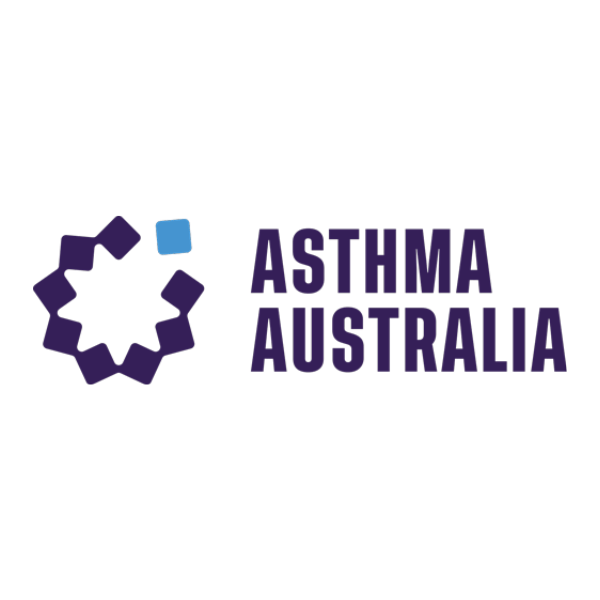

We Aussies really have it made in the shade. Warm summer nights that drift into gloriously sunny days, world-class beaches and arguably some of the cutest native animals (have you seen a quokka up close?).
But unfortunately, alongside these iconic Aussie treasures, we also contend with snakes, bindies and a notably high prevalence of asthma, thanks to our unique mix of environmental and climatic factors.
Recent government stats estimate that close to 2.8 million of us are living with asthma nationwide. And notably, 27 per cent of Aussies with asthma aged 40 and under are considered to have poor control over the condition.
It can affect anyone, but it's particularly challenging for kids due to their smaller airways, where even subtle changes can cause breathing problems.




























































































